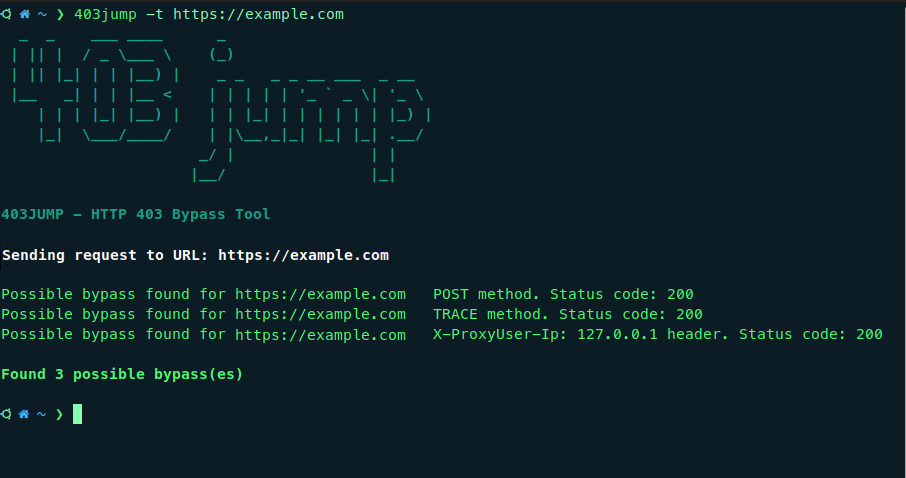BOOK THIS SPACE FOR AD
ARTICLE ADTime Based SQL Injection
Introduction:
Web applications are the backbone of modern digital systems, and ensuring their security is crucial to protect sensitive data. However, vulnerabilities like Time-Based SQL Injection can undermine this security. In this blog post, we will delve into the impact of Time-Based SQL Injection, discuss effective remediation strategies, and provide a proof-of-concept (POC) example to illustrate the issue further.
Understanding Time-Based SQL Injection:
Time-Based SQL Injection is a type of SQL injection attack where an attacker manipulates a web application’s SQL queries to extract information based on the timing of the application’s responses. By exploiting time delays, an attacker can infer details about the underlying database structure and retrieve sensitive data.
Visit URL: inurl: target.com id Google Dorks.
Step 1: Visit URL Check Parameter Like Search Bar , Blogs ,Post From fill
Step 2: inject Simple payload sleep(5);
Step 3: Check in Response is it 5000 miles or not if Present then it’s valid bug
Step 4: Else it’s not bug try different method and technique.
in my case GET Parameter I found Something Like ID
Step 5: Try with Single Quote ‘
Check Raw and Render.
Step 6: I found Error in Response.
Step 7: it’s Error-based SQL Injection.
Step 8: Now I using SLEEP(10);
Step 9: after 10 Sec Response With 10,000 miles
Step 10 Now I using sleep(5);
Step 11: after 5 sec Response with 5,000 Miles
POC: For Your Reference.
Impact of Time-Based SQL Injection:
The impact of a successful Time-Based SQL Injection attack can be severe. Here are some potential consequences:
Data Exfiltration: Attackers can extract sensitive information from the database, such as usernames, passwords, credit card details, or personally identifiable information (PII).
Unauthorized Access: By leveraging Time-Based SQL Injection, attackers can bypass authentication mechanisms and gain unauthorized access to restricted areas or user accounts.
Denial of Service (DOS): Attackers can launch Time-Based SQL Injection attacks to manipulate the database and disrupt the application’s availability, potentially causing a denial of service for legitimate users.
Remediation Strategies:
To mitigate Time-Based SQL Injection attacks, follow these effective remediation strategies:
Prepared Statements (Parameterized Queries): Utilize parameterized queries or prepared statements with placeholders to separate SQL code from user-supplied data. This prevents attackers from injecting malicious SQL code, as the database engine treats user inputs as data rather than executable statements.
Input Validation and Sanitization: Implement strict input validation by defining acceptable patterns for user inputs. Filter out any unexpected characters or escape them properly to prevent unintended SQL interpretation.
Least Privilege Principle: Employ the principle of least privilege when configuring database access. Restrict database user accounts to only have the necessary privileges required by the application, minimizing the potential impact of an attack.
Error Handling and Logging: Ensure that error messages displayed to users do not divulge sensitive information about the database or application structure. Log all SQL errors and exceptions without revealing detailed information to aid in identifying potential vulnerabilities.
Proof-of-Concept (POC) Example:
To illustrate the impact of Time-Based SQL Injection, consider the following POC scenario:
Suppose a web application contains a vulnerable login form that is susceptible to Time-Based SQL Injection.
An attacker crafts a malicious input, such as: ‘ OR SLEEP(5) — ‘. This input attempts to introduce a time delay of 5 seconds.
If the application is vulnerable, the SQL query may look like: SELECT * FROM users WHERE username=’’ OR SLEEP(5) — ‘ AND password=’’.
If the delay occurs, it indicates a successful injection. The attacker can infer the vulnerability and potentially extract sensitive information or gain unauthorized access.
Conclusion:
Time-Based SQL Injection poses significant risks to web applications, potentially leading to data breaches, unauthorized access, and denial of service. By understanding the impact and implementing effective remediation strategies such as prepared statements, input validation, least privilege, and proper error handling, developers can enhance the security of their applications. Regular security assessments and code reviews are essential to identify and address potential vulnerabilities. Prioritizing secure coding practices and keeping abreast of emerging threats will help safeguard web applications and protect user data.
.png)
 11 months ago
58
11 months ago
58 














 Bengali (Bangladesh) ·
Bengali (Bangladesh) ·  English (United States) ·
English (United States) ·